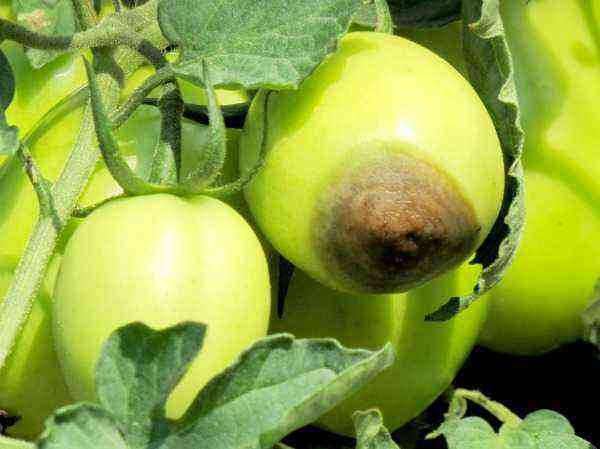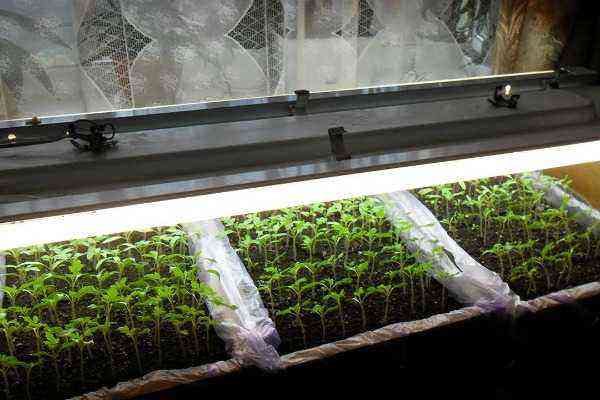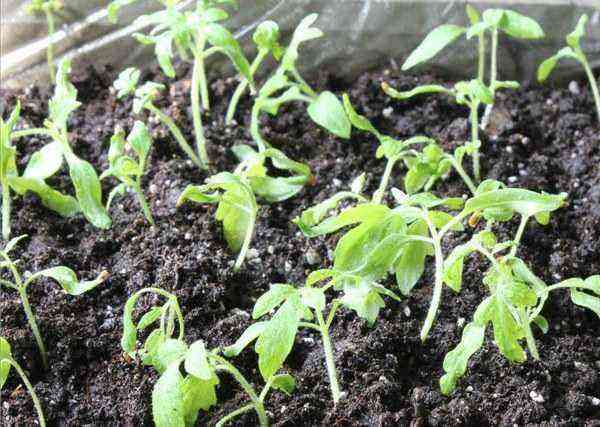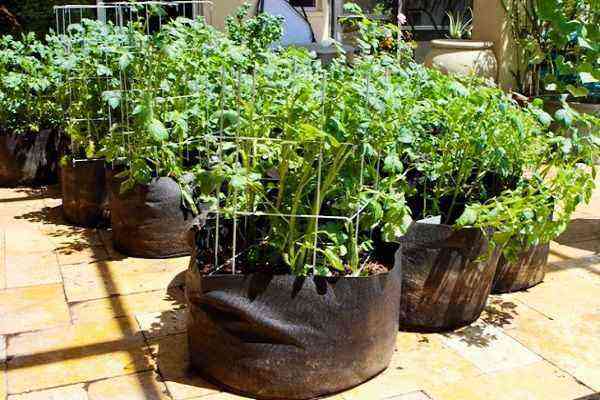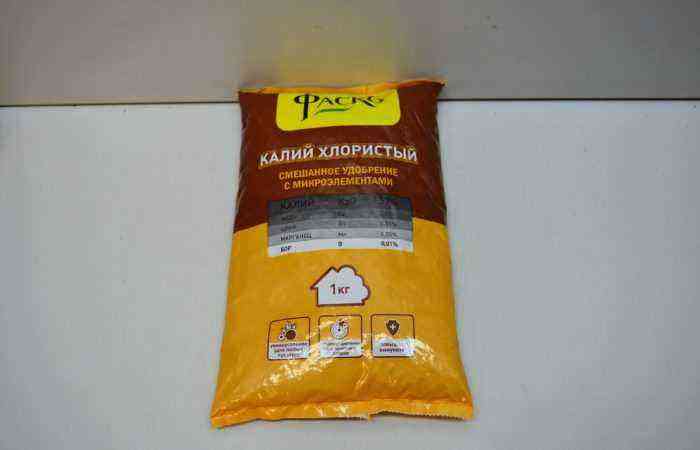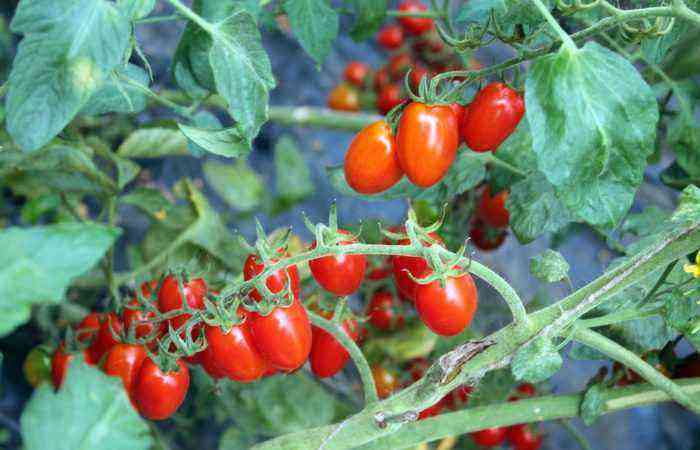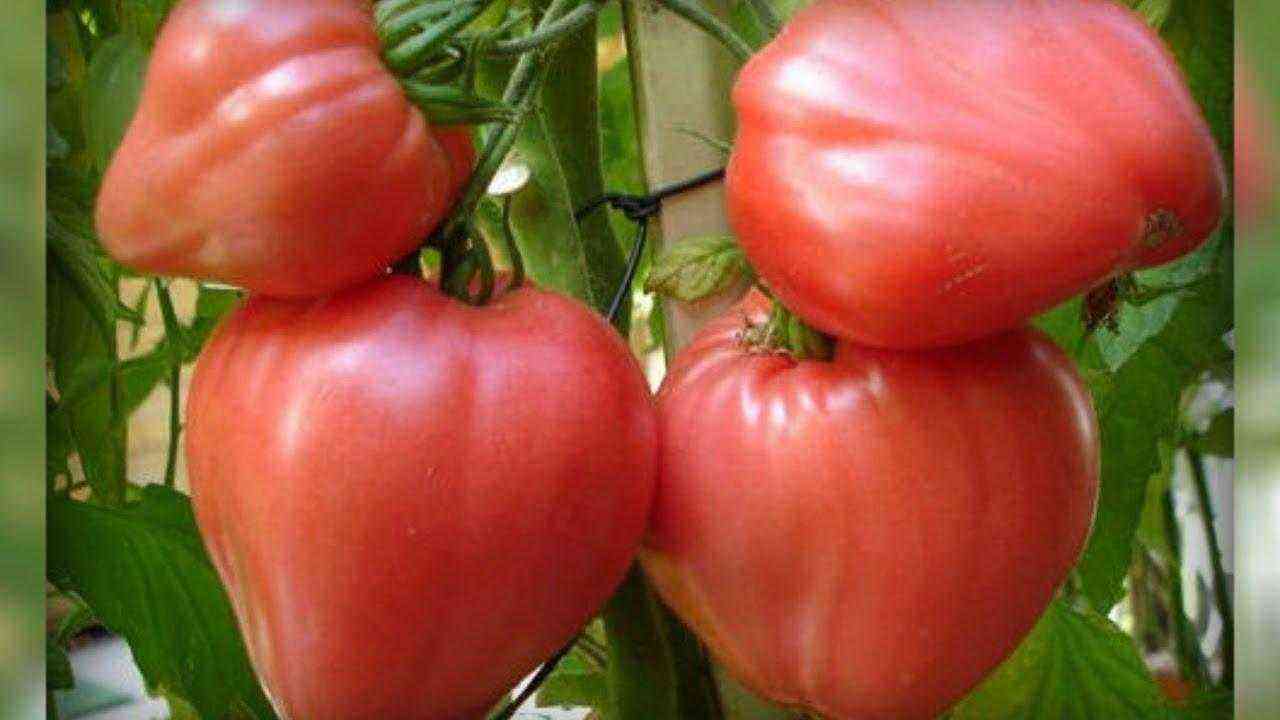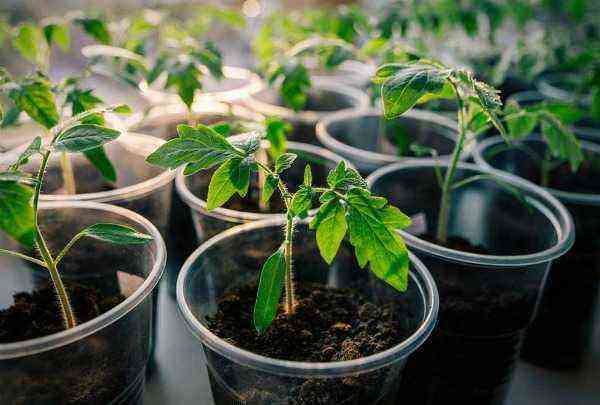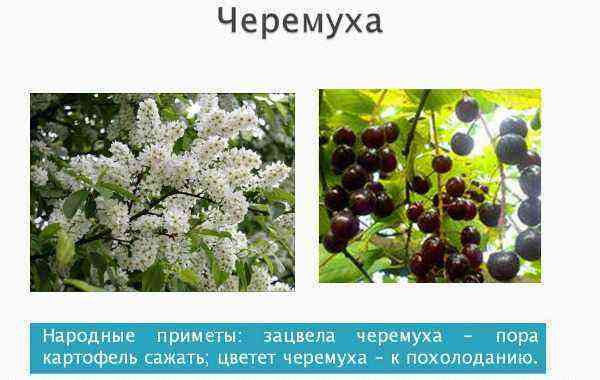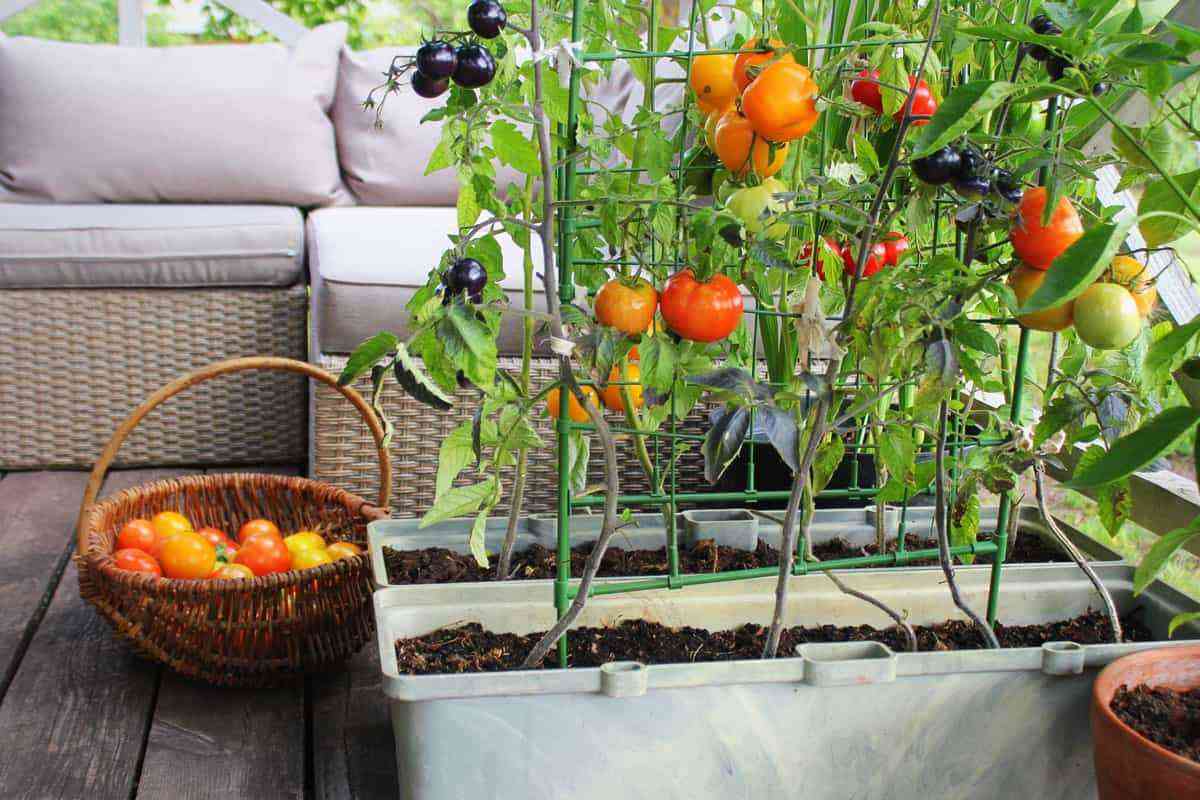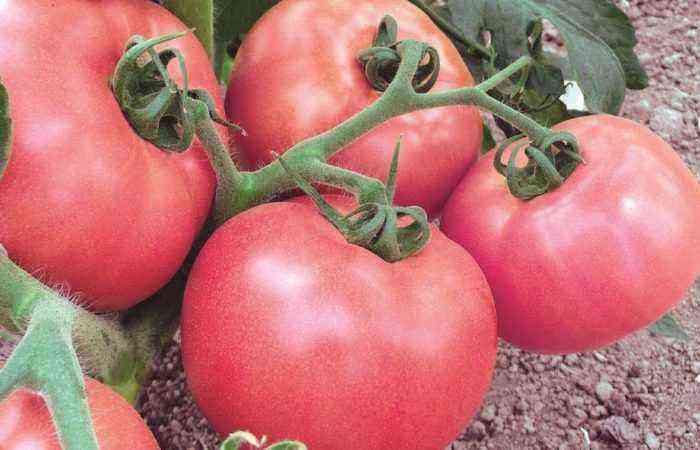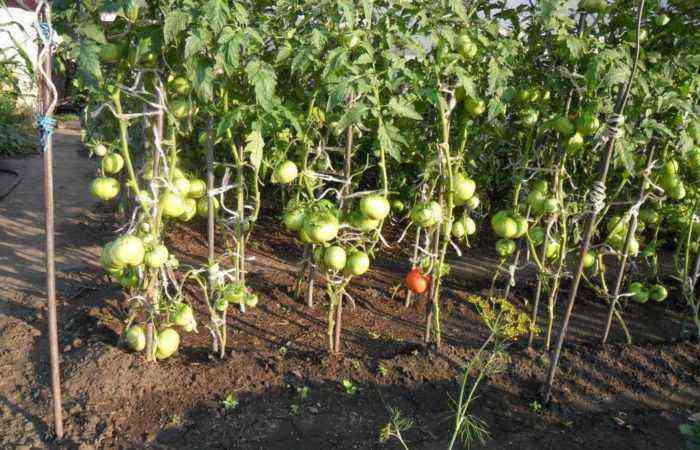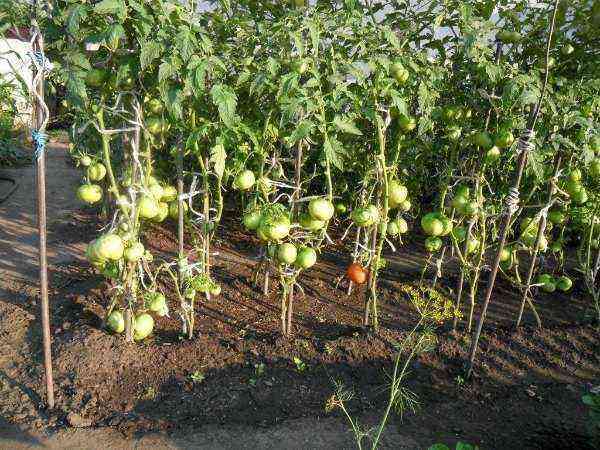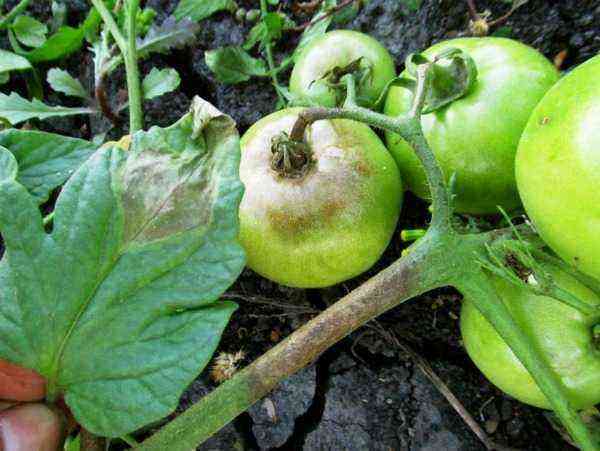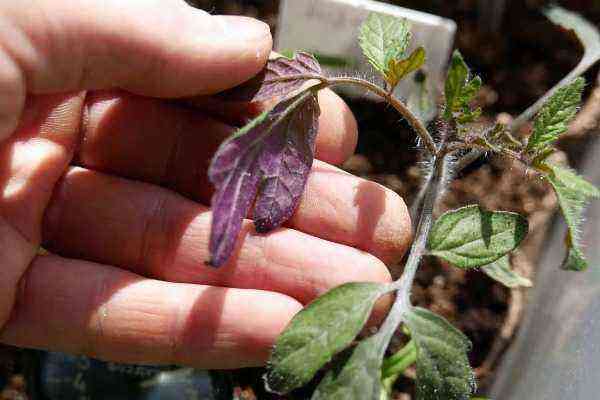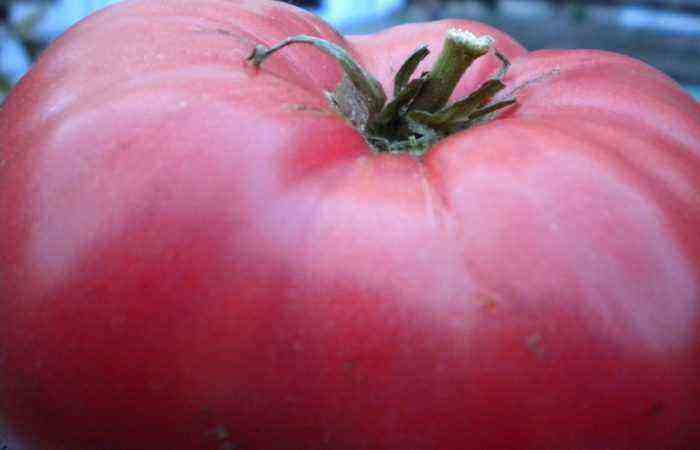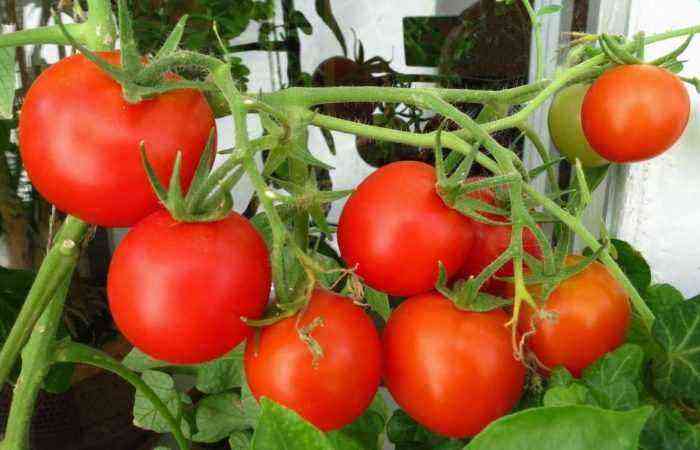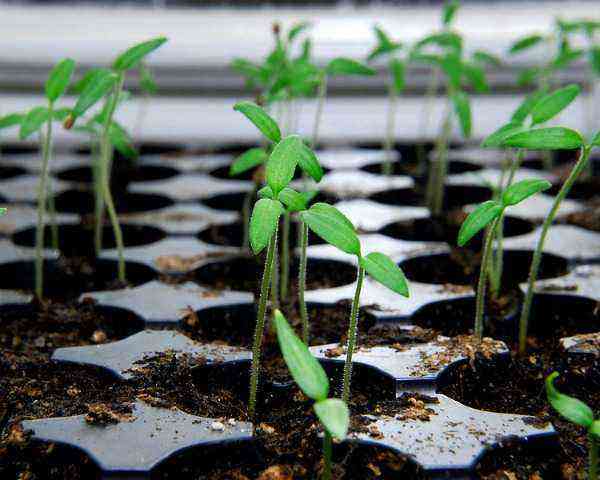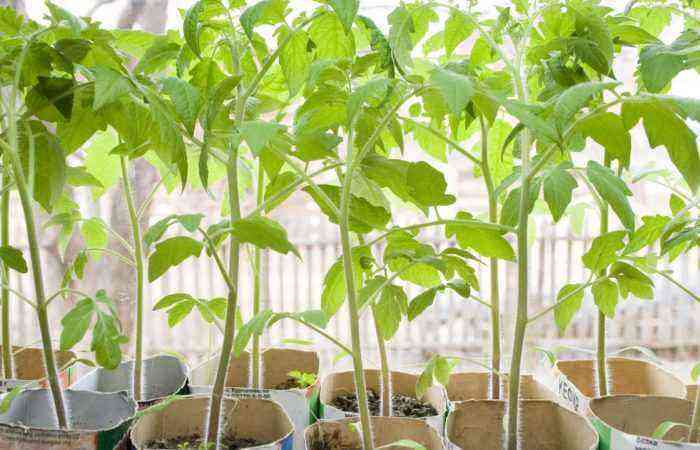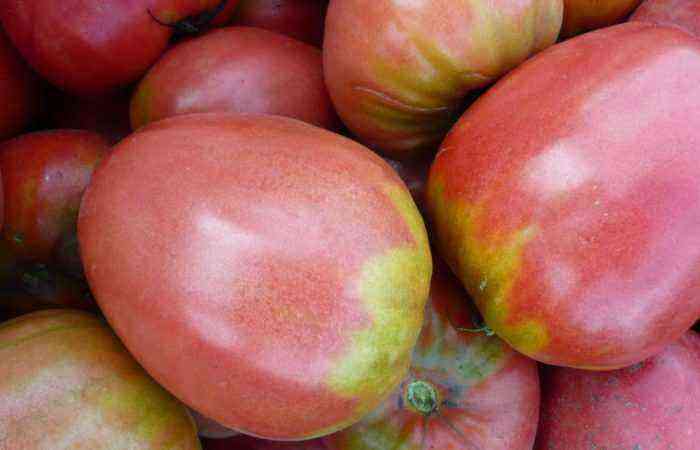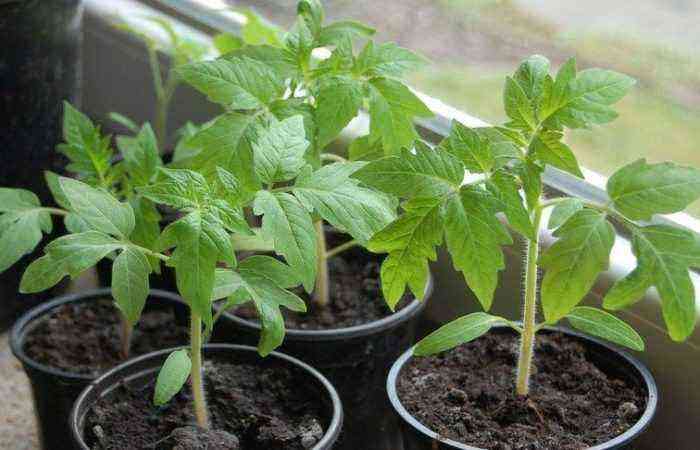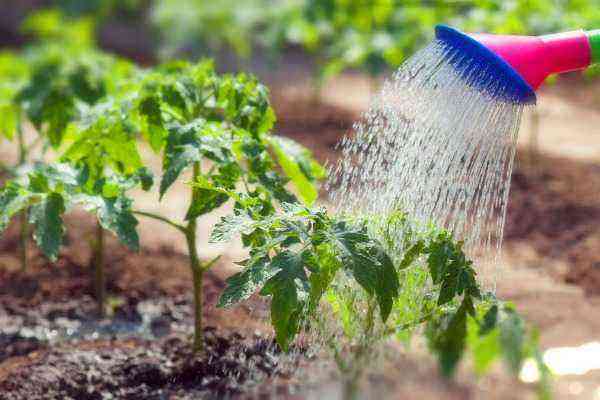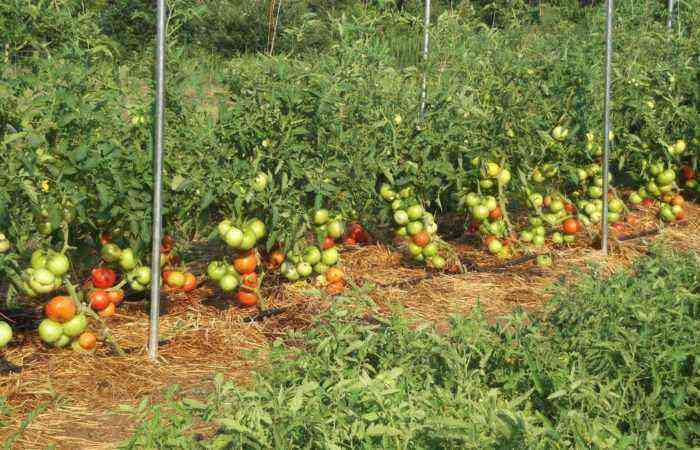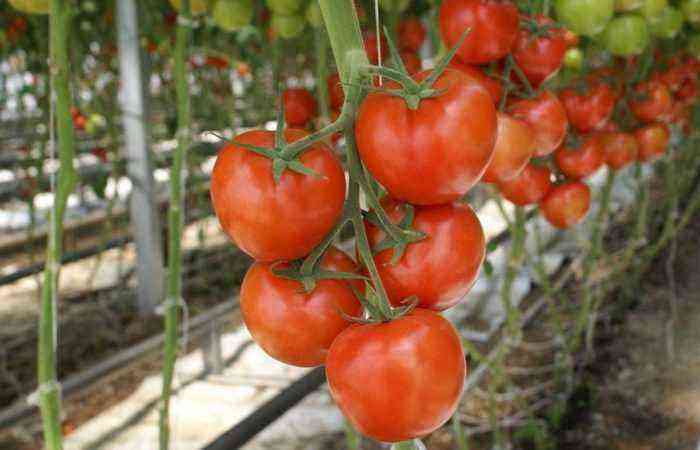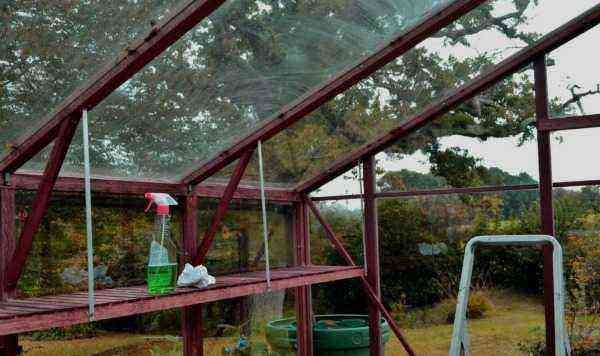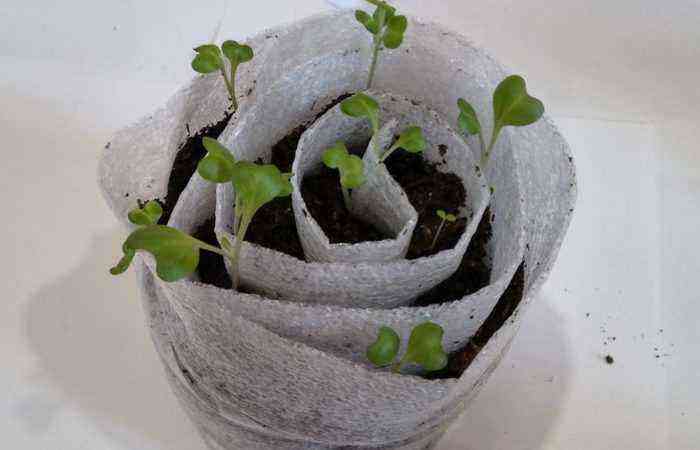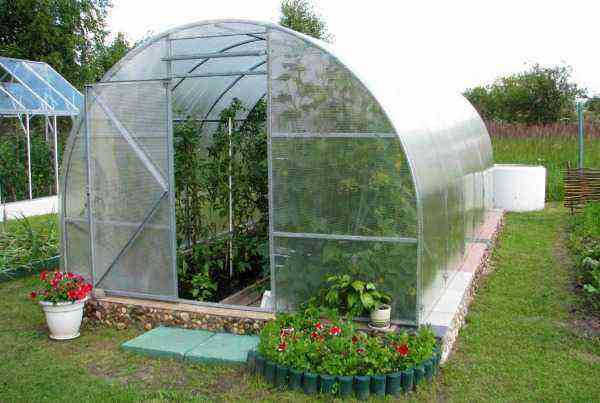Nitrogen is an important nutrient that maintains normal metabolism in the living organism of the plant throughout the growing season and significantly affects the yield. It is found in proteins, the main component of the cell nucleus, cytoplasm and other components that affect metabolic processes. Moderate doses of nitrogen are completely consumed by the plant and do not accumulate in the form of nitrates.
Attention! Biological absorption of nitrogen occurs only in warm weather, at low temperatures nitrates move freely and nitrogen is washed out. It is for this reason that it is not advisable to use nitrogen fertilizers in the autumn dressing of the soil.
Signs of nitrogen starvation are immediately reflected in the external state of the tomato.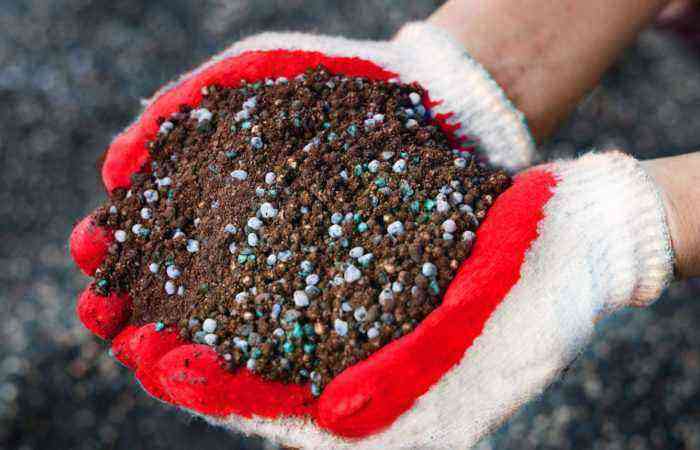
How Tomato Signals a Nitrogen Deficiency
- plant growth and shoot formation slow down;
- the leaf blades become thinner, turn yellow, the color saturation disappears, the edges become as if burnt;
- leaf damage begins from the bottom of the plant, they turn yellow and fall off;
- flowers and ovaries fall off;
- the structure of the tomato pulp is rough and dense.
A variety of nitrogen fertilizers for tomatoes
- Ammonia or ammonium fertilizers.
Contain nitrogen in a bond of ammonia NH4 (ammonium cation) with mineral acid. The soil complex easily transforms them into an exchange-absorbed form, thus binding nitrogen mobility and preventing its leaching, even on light sandy soils. Further, nitrogen is transformed into a nitrate form and is capable of assimilation by the root system and soil microorganisms.
- Amide – organic form of nitrogen – amide NH2
carbamic acid.
The representative of this group of nitrogen fertilizers is urea. It is produced in solid form and is widely used for top dressing in any form, especially as foliar sprays. Amide fertilizers are physiologically acidic, under the influence of the soil environment they turn into ammonia.
- Nitrate are salts of nitric acid, where nitrogen is contained in the nitrate form of NO3.
They are alkaline. When using them, acidic soils are alkalized and Ph is normalized. That is why they are effective on soddy-podzolic soils with high acidity.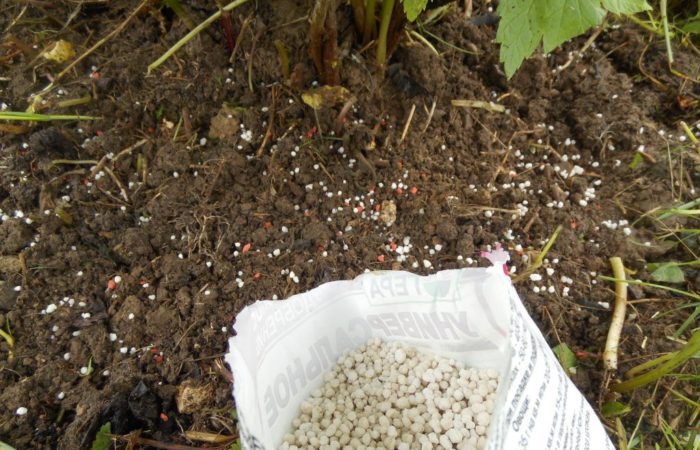
Nitrogen-containing mineral fertilizers
Popular and effective fertilizers for tomatoes:
- Nitroammophoska.
Contains a complex of essential nutrients: nitrogen, phosphorus and potassium (NPK). Chemical formula – NH4H2PO4+ NH4DO NOT3+KCL. The ratio of the main components varies from manufacturer to manufacturer. Available in the form of pale pink granules, highly soluble in water.
For top dressing of a tomato, fertilizer is used twice a season. Consumption is 20 g per 1 m2:
- the first top dressing at the beginning of the growing season, fertilizer with a content of N: P: K is used for it – 16:16:16.
- the second during the formation of fruits with an increased percentage of potassium.
For foliar top dressing 1-2 tbsp. spoons of fertilizer are diluted in 10 liters of warm water.
Top dressing with nitroammophos increases resistance to various forms of rot and late blight.
With unsystematic use, it contributes to the accumulation of nitrates.
- Superphosphate (Ca(H2PO4)2×H2O + CaSO4)
It is a simple phosphate fertilizer, the chemical composition of which contains a small amount of nitrogen:
- simple – N – up to 8%, P – up to 25%;
- double – N – up to 17%, P – up to 50%.
Most often used in autumn refueling for digging the soil or in spring (up to 40 g per 1 m2) before planting seedlings in the ground. Considering that superphosphate is not effective on acidic soil, top dressing is best done after adding wood ash or dolomite flour. Do not use with urea. During the growing season, solutions and water extracts are used (up to 20 g per 1 m2).
- Ammonium nitrate.
Other fertilizer names: ammonium nitrate or ammonium nitrate. The N content is within 35%. It is produced in the form of granules (2-4 mm) of white color. It is available for plants on all types of soils, absorbed in one growing season up to 100%, quickly dissolved even in cold water. Recommended for the main spring dressing of the soil in the amount of 20-25 g per 1 m2. During the growing season of the tomato, ammonium nitrate in its pure form is used for top dressing only with a pronounced lack of nitrogen.
Advice! With planned top dressing, it is more expedient to replenish nitrogen with complex fertilizers.
In a mixture with organic materials, peat and sawdust, saltpeter is capable of spontaneous combustion, so it is buried in the ground.
- Carbamide or urea.
Contains the largest percentage of nitrogen (45-46%) among nitrogen fertilizers, the appearance of the fertilizer is similar to ammonium nitrate. Used for all types of dressings:
- basic soil filling per 1 m2 – 10-20 g;
- top dressing during the growing season per 1 m2 – 10-30 g;
- foliar top dressing per 10 liters of water – 1 tbsp. l.;
- per hole when planting – 3 g.
- Ammonium sulfate or ammonium sulfate.
The N content is within 20-21%. With constant use, the soil acidifies. Consumption rate – 25-40 g per 1 m2.
- Calcium nitrate
Has the chemical formula Ca(NO3)2 and contains in good combination two important elements at once:
- N – not less than 15%;
- Ca – 22%.
Reduces soil acidity. It is more appropriate to use it for signs of calcium deficiency. It is not recommended to mix with superphosphate.
The consumption rate for 1 bush is 1 liter of an aqueous solution (1 tablespoon per 10 liters).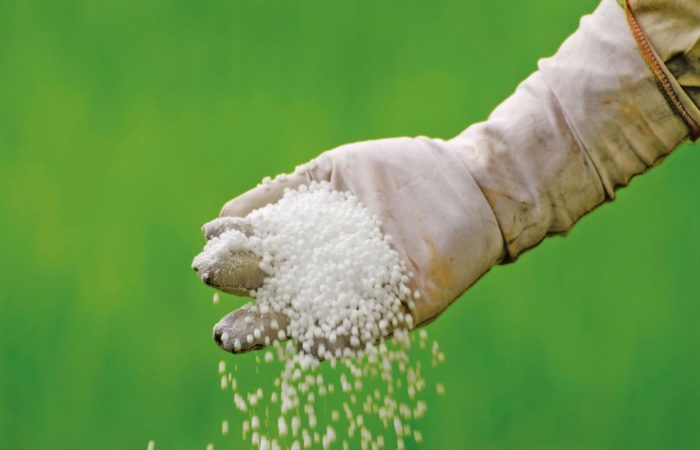
How to get nitrogen from organic sources
- Compost.
It is prepared by keeping plant residues in a warm, humid environment for quite a long time until they are completely decomposed. You can put small branches of fruit trees, sawdust and food waste into the compost pit. A variety of material will benefit humus. To improve processing, the pile is loosened, turned over, it can be poured with a special solution such as EM. Apply in the main dressing or in the holes during planting, mixing with the ground 1:1.
- Humus.
If compost or manure has been aged in a humid environment for more than two years, it turns into the highest quality organic fertilizer, with virtually no flaws, having a loose texture that smells like fresh earth. Can be used both mixed with earth and in pure form:
- for any top dressing;
- when landing;
- for seedling production.
During the growing season, they are sprinkled under a bush and buried in the soil by loosening.
- Peat.
It contains a small amount of nitrogen, but the high level of humus makes it attractive in vegetable growing. It significantly improves soil structure, provides work for beneficial microorganisms. It is applied on poor sandy and heavy loamy soils. High-moor peat is more often used as a component of peat mixtures for growing seedlings and tomatoes in protected ground.
- Manure.
It is an organic fertilizer obtained by mixing animal waste (cows, horses) with sawdust, straw, plant residues and leftovers. It is a good source of not only nitrogen, but also other minerals and trace elements. The rotted manure works most effectively:
- improves soil structure, air exchange, water balance;
- attracts worms and beneficial microorganisms.
The danger of fresh manure is that its direct effect on the root system can lead to burns.
Fresh manure is brought in for early autumn digging of the soil, but then there is a danger of nitrogen leaching. Folded manure, covered with a film or plant waste, over the season turns into a high-quality rotted fertilizer, which can be used both for digging and as top dressing in the first growing season, when green mass is actively formed.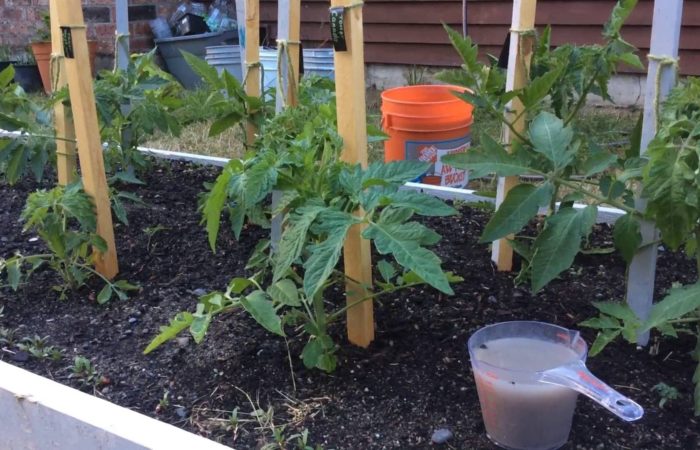
- Infusion of mullein.
Manure for feeding is preliminarily prepared and a concentrate is prepared, which is further diluted with water: 1/3 of the manure and 2/3 of the water are mixed and kept for fermentation in a warm place for a week. Depending on the type of top dressing, the concentration is reduced in the desired proportion. To feed the tomato, two weeks after planting in the ground, 1 liter of mullein infusion is diluted in 10 liters of water.
- Chicken litter.
A more concentrated fertilizer than cow dung, so it’s important to stick to application rates to avoid burns. The concentration of the solution, compared with mullein, is reduced by half. Chicken manure does not require composting, it is more often used in autumn refueling. For top dressing, a water extract is used, which can be combined with mineral elements and ash.
- Ash.
It contains various nutrients and microelements, including nitrogen. And although its share in the ash is insignificant, it is in combination with other fertilizers:
- creates a favorable environment for their assimilation;
- normalizes the acidity of the soil.
- Herbal infusion.
Infusions of herbs growing on the site are rich in basic nutrients and minerals: goutweed, lettuce, dandelion and others. Especially often nettle is used for infusion. The collected herbs are poured over with boiling water and kept warm for about a week. Used for top dressing during the growing season in a diluted 1:10 form with the addition of a handful of ash. Can be combined with fertilizing with mineral fertilizers.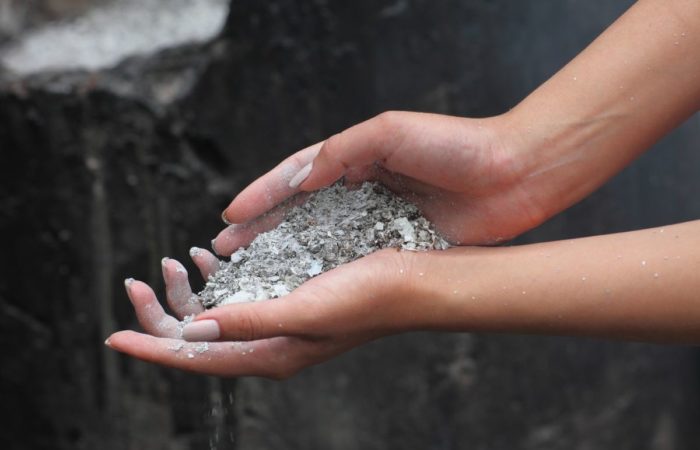
Optimal timing of nitrogen fertilization
The scheme of feeding with good nutrition of the tomato is provided by a set of measures:
- Autumn refueling with organic fertilizers (peat, compost, manure, ash) – 5-10 kg per 1 m2.
- Spring dressing with a complex of mineral fertilizers (nitroammophoska, nitrofoska) at the rate of 10-20 g per 1 m2.
Top dressing during the growing season (3-5 per season, depending on the variety of tomato and natural factors) with an interval of 10 days to two weeks:
- 10-12 days after planting – 20 g superphosphate / 30 g ammonium nitrate / 15 g calcium sulfate per 10 liters of water;
- a solution of nitrophoska 60 g per 10 liters of water;
- the following top dressing is carried out with a complex fertilizer or composition for the first top dressing, in which the proportion of calcium is increased and nitrogen is reduced for fruit set and ripening, saltpeter can be replaced with urea;
- the solution can be supplemented with a glass of ash extract, when loosening the row spacing, humus is introduced under the bush.
Root feeding alternate with foliar (urea, nitrophoska).
The first mineral top dressing can be replaced with an organic manure extract diluted with water 1:10, or chicken manure 1:20. For subsequent – infusions of herbs, ashes, eggshells.
How to use nitrogen fertilizers
Nitrogen can be supplied to plants in many ways:
- mulching – mixing with straw, sawdust, peat and use between rows;
- with irrigation – water mineral or organic-mineral solutions;
- root top dressing – carrying fertilizers into the soil in the area of uXNUMXbuXNUMXbthe roots in a dry form or watering with a solution;
- foliar top dressing – small-drop spraying of a fertilizer solution on the surface of the leaves.
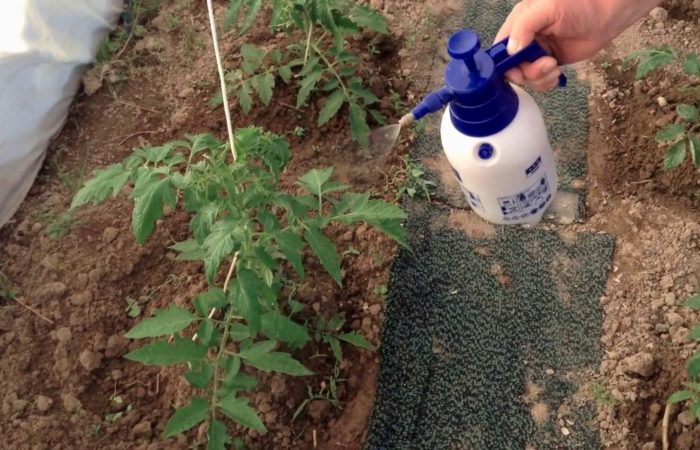
Signs of improper feeding of tomatoes with nitrogen
An excess of nitrogen fertilizers, as well as an incorrect ratio of nitrogen to other nutrients, can be more harmful than its lack.
At favorable temperature and humidity, rapid growth of the vegetative mass is noted: leaves, shoots, thickening of the stem. The color of the plant becomes rich green. At the same time, flower brushes are practically not formed, ripening is delayed. The yield of tomatoes is significantly reduced, and the amount of nitrates in the fruit increases.
With severe poisoning, fungal diseases develop, and the bush may die.
Without the use of nitrogen plants, it is unlikely to get a good harvest. If you choose the right source of nitrogen and strictly follow the application rates, top dressing with nitrogen will help not only to collect record yields of high-quality fruits, but also significantly improve the soil structure for new achievements.
